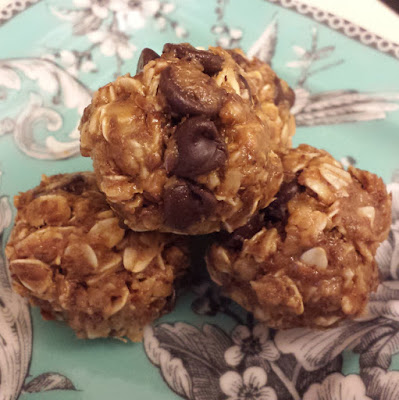What is Shea Butter?
Shea butter is a skin superfood that comes from the seeds of the fruit of the Shea (Karite) tree and that is naturally rich in vitamins A, E and F. It offers UV protection (it is SPF ~6) and provides the skin with essential fatty acids and the nutrients necessary for collagen production. Shea butter has been used in Africa and other countries for years to improve skin and hair.
Shea Butter Benefits
- Moisturizing: The concentration of natural vitamins and fatty acids in Shea butter makes it incredibly nourishing and moisturizing for skin. It is often used to remedy dry skin and to help protect the skin’s natural oils.
- Reduces Inflammation: A 2010 study found that due to its cinnamic acid and other natural properties, shea butter was anti-inflammatory. (source) One compound in particular, lupeol cinnamate, was found to reduce skin inflammation and even potentially help avoid skin mutations. This also makes it beneficial for some people with acne.
- Skin Smoothing: Shea butter aids in the skin’s natural collagen production and contains oleic, stearic, palmitic and linolenic acids that protect and nourish the skin to prevent drying. With long term use, many people report skin softening and strengthening as well as wrinkle reduction.
Shea Butter Uses
Shea butter is one of the most versatile natural beauty ingredients and I use it daily in some form. I’ve used it for years in everything from my homemade lotion bars and original magnesium body butter to homemade lip balms and healing salves.
Some of my favorite uses for Shea Butter:
- By itself for face and body as a natural moisturizer
- In a shea butter lotion bar stick for easy use
- Alone or in a pregnancy stretch mark salve to ward off stretch marks
- As the best under-eye wrinkle remover and bag-reducer
- For massage butter
- In velvety soft whipped body butter
- or basic homemade lotion
- As a base for homemade deodorant
- As an SPF 6 skin lotion
- In magnesium body butter
- As a natural baby-care product (alone) or ingredient in baby care recipes
- By itself on the lips or in homemade lip balms
- Or homemade shimmer lip balm
- To improve skin elasticity (some even say it helps with cellulite)
- On the hair or scalp (in mixture with other natural ingredients)
- In homemade liquid creme foundation and makeup
- After sun or beach exposure to replenish skin
- On the eyelids before applying makeup to make it last longer
- As a natural cuticle cream
- On scars to naturally help collagen production
- On sore/raw noses during a cold or flu
What Kind of Shea Butter is Best?
I only use raw, unrefined, Shea butter. There are many refined Shea butters that are odor free and bleached to be completely white, but the refining process removes some of the beneficial properties.
I get my Shea butter here, but it can sometimes be found at local health food stores. Just look for one that is:
- raw/unrefined
- unbleached
- organic
TIP: If you get unrefined shea butter, that means it has not been filtered and may contain trace particles of the shea nut. I often gently heat my shea butter until it just melts and then pour through a cheesecloth or strainer to remove any particles. Once strained, I pour the shea butter into silicon molds in pre-measured amounts (tablespoons, 1/4 cup, etc) so that it is ready to use for natural beauty recipes.
Shea butter is for external use only. Ask a doc or dermatologist before using, especially with underlying skin conditions. Those with nut allergies should avoid or check with an allergist.
You can find over 200 Shea Butter products at IHERB.COM








